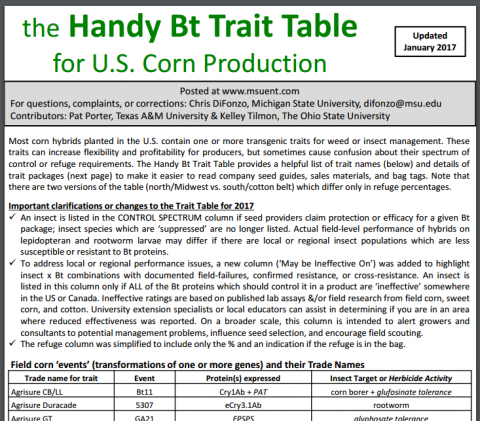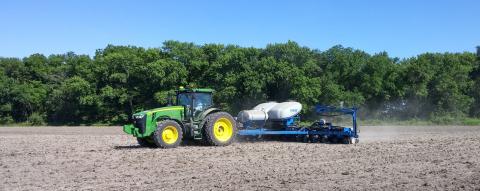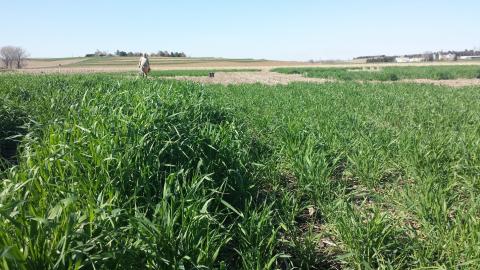Handy Bt Trait Table Revised for 2017
Sixth Annual Innovative Youth Corn Challenge
CornSoyWater: An Online App to Aid in Irrigation Management
Traditional irrigation decision-making relies heavily on experience and requires frequent visits to the field. The process is time consuming and labor demanding, while the results are not quantitative and prone to error.
Fremont Corn Expo Scouts Ag Horizon and Offers Answers
Crop Production Clinics Jan. 4-19 across Nebraska
This year's Nebraska Crop Production Clinics feature agronomic, pest management, and farm management information to help growers make smart research-based decisions to improve their bottom line. Clinics will be held at nine sites across the state, starting with Gering on Jan. 4 and ending with Kearney on Jan. 19.
Implementation of Cover Crops in Corn and Soybean Systems in Nebraska
Can you hear the corn grow? Yes!
Forage, Feed, and Grazing Restrictions for Row Crop Herbicides
As the end of corn harvest nears, some producers will soon be turning their cattle into corn stalks or cover crops to graze. Before taking this step, take time to review the labels from in-season and fall-applied herbicides for any grazing restrictions.







